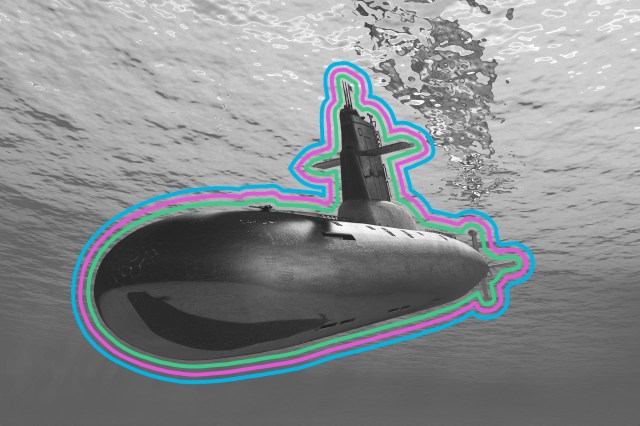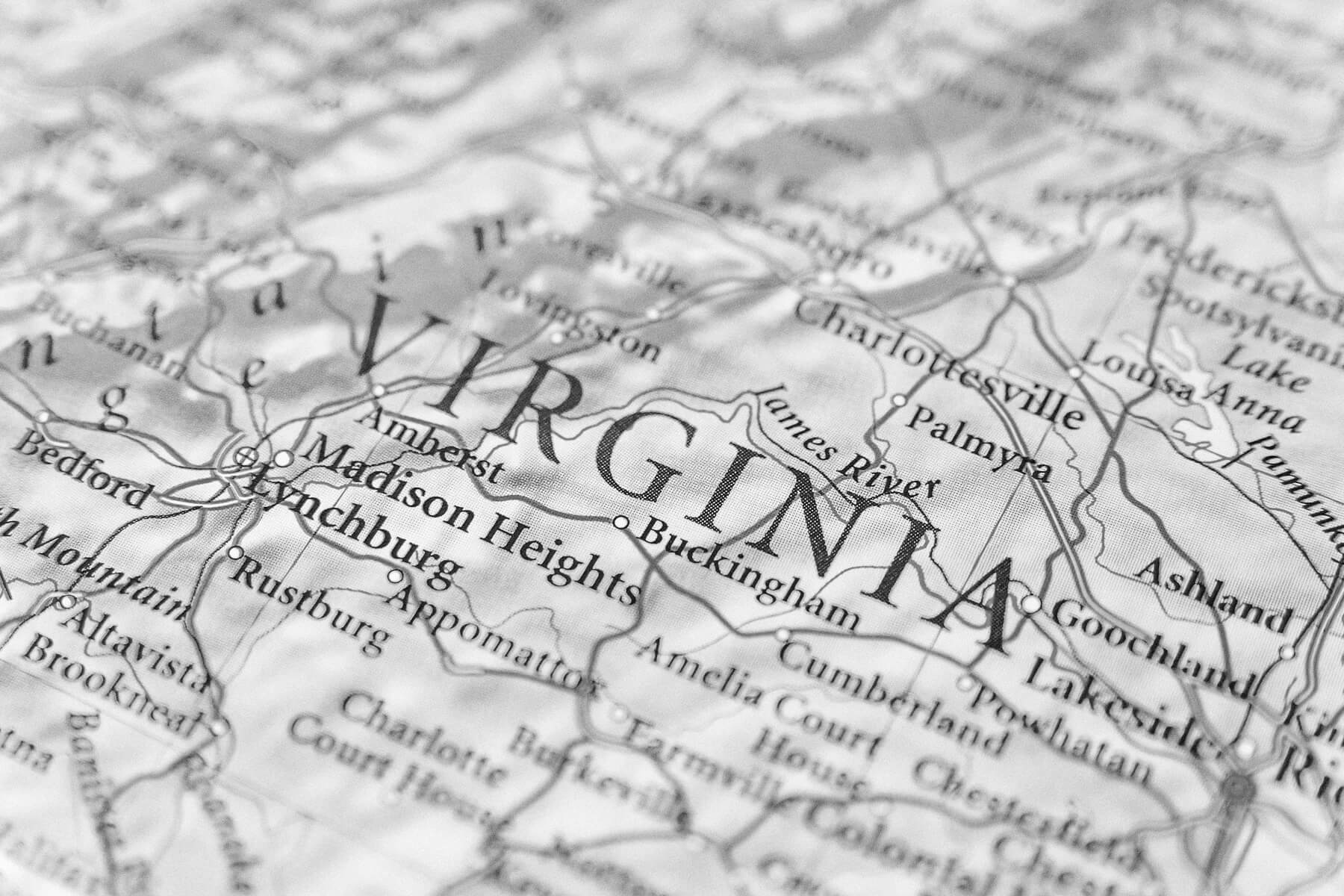
Our Own Voices
For many of us, listening to a recording of ourselves speak is a truly cringeworthy experience. This phenomenon is so common that the negative reaction even has a name: voice confrontation. When recorded, our voices don’t sound like we think they should partly because a recording removes the sounds we hear internally through the bones in our head, which produce deeper and lower frequency vibrations.
As such, our recorded voices can sound higher in pitch than we’re used to, which can be surprising and not entirely pleasing to our ears. In general, however, the more we listen to recordings of ourselves speaking, the more accustomed we become to how we sound to other people, and the less it makes our skin crawl.
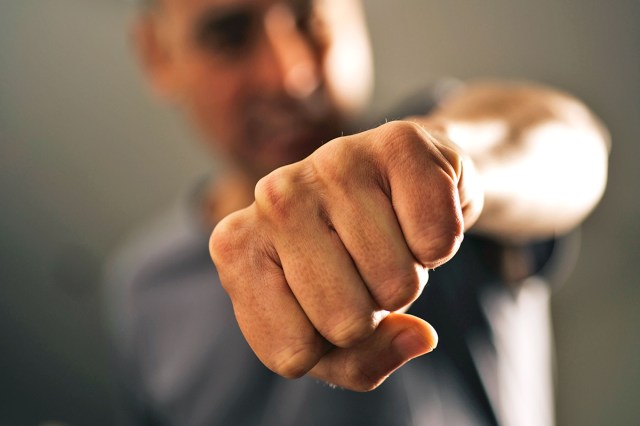
Punches
If we’re lucky, we’ll live our lives without ever being on the receiving end of a proper punch. And yet, we all tend to have a certain idea of what a punch sounds like, even if we’ve never gotten (or given) one or even heard one close-up. Once again, this is largely thanks to TV and movies, whether it’s the Bam! Kapow! of the original Batman series or the epic thwacks and smacks of action films such as Rocky and John Wick.
But real punches — as well as kicks, chops, and slaps — don’t tend to produce anywhere near as much noise as they do on the big screen. Actual physical strikes create much duller, less dramatic sounds — more like a thud than a crack. In movies, these noises are deliberately heightened, with sound effects departments using all manner of techniques to create a dramatic punch effect, whether it’s by smacking a piece of raw meat with a leather-gloved hand or socking a cabbage.
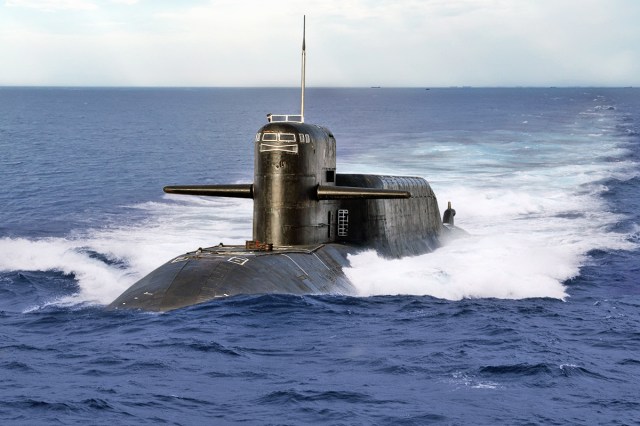
Submarines
When we see submarines in movies, they’re almost always gliding through the water while emitting a constant pinging sound and carrying a chatty crew. In reality, submarine operations are normally carried out as silently as possible, with crews speaking in whispers or not at all, avoiding all unnecessary noise — including that constant pinging, which would be counterproductive on most missions.
While the sonar operator may hear some pings, the rest of the crew often hear nothing at all. Divers are sometimes able to hear active sonar sounds coming from subs out in the water, which they normally perceive as a mid- to high-pitched noise, but not that classic Hollywood ping. And sometimes the sonar emits an ear-piercing shriek — enough to spook even the most seasoned underwater adventurers.
More Interesting Reads

Car Crashes
We’re all familiar with what cars sound like on a day-to-day basis. But when it comes to less common vehicular events such as car crashes, our expectations have often been misled by Hollywood. Car crashes in real life can be noisy, traumatic events, but they are rarely as loud as depicted in the movies, which tend to feature an excess of shattered glass and twisted metal, followed by unrealistic explosions. It’s almost impossible for a car to explode the way they do in Hollywood films, and vehicles also rarely catch fire.
Another common movie sound effect that makes car aficionados grit their teeth in frustration is the ubiquitous screeching tire. Foley artists — the people who add sound effects into movies in the post-production process — sometimes get carried away in chase scenes, making tires squeal excessively on gravel, dirt, wet pavement, and even snow and ice (looking at you, James Bond) — places where tires don’t normally screech.
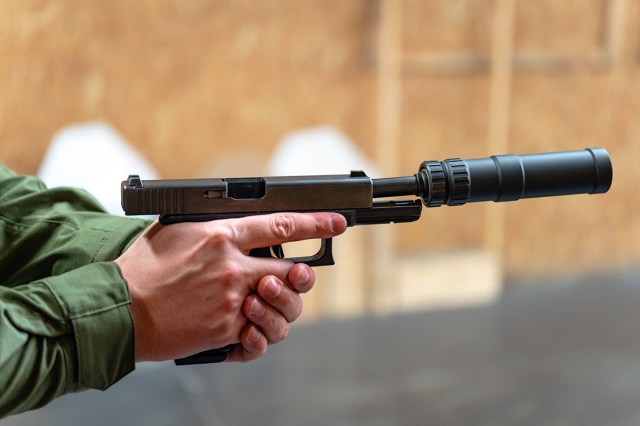
Silencers on Guns
Silencers, also known as suppressors, significantly reduce the noise made when firing a weapon. In the movies, however, that noise is often reduced to unrealistic levels, with the gun hardly making any noise at all.
In reality, even the most effective suppressors on the smallest caliber firearms can only reduce the peak sound level of a gunshot to around 110-120 decibels. An unsuppressed gunshot can reach up to 160 decibels, so the noise reduction when using a suppressor is significant — but far from the whisper-quiet shots depicted in many films.

